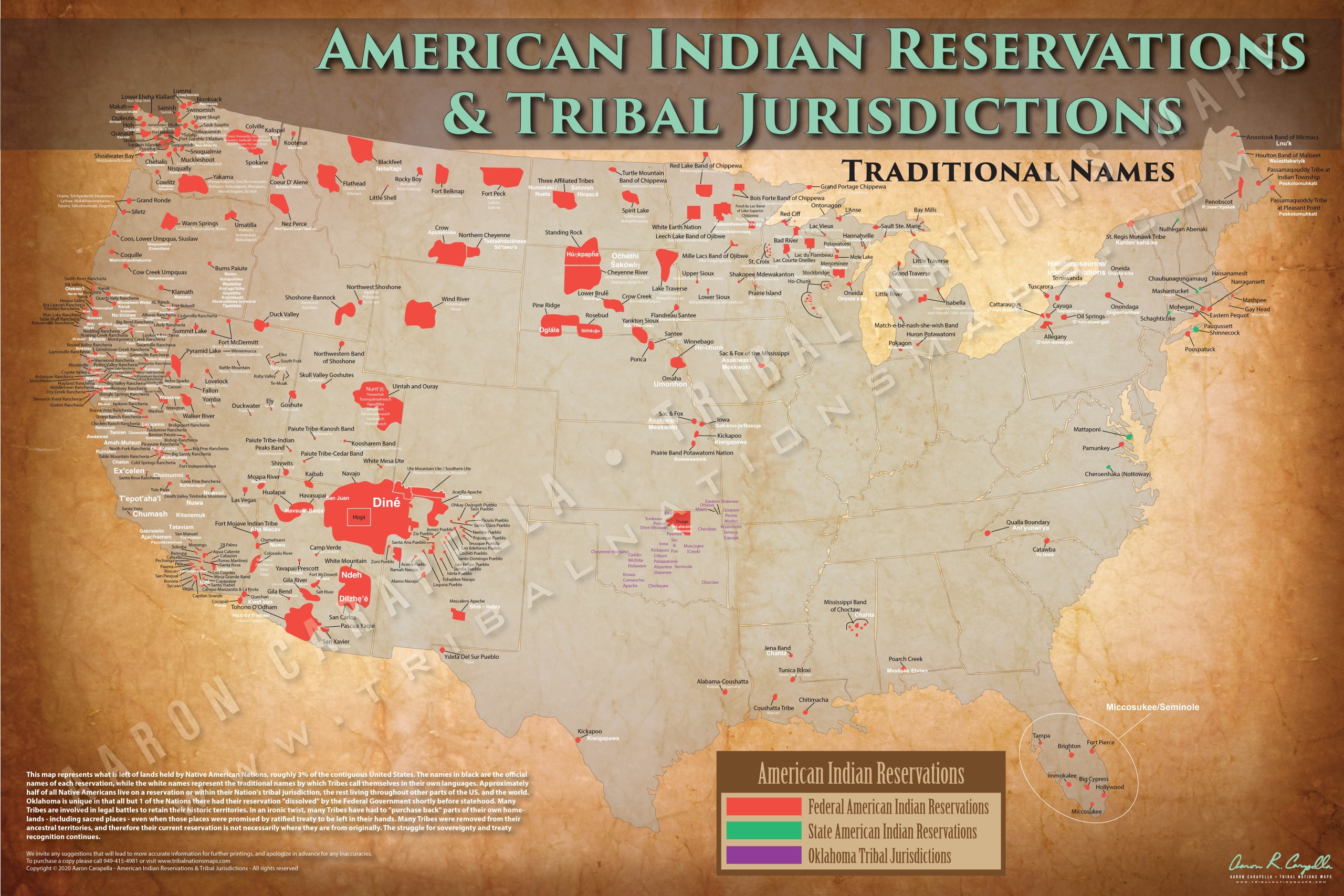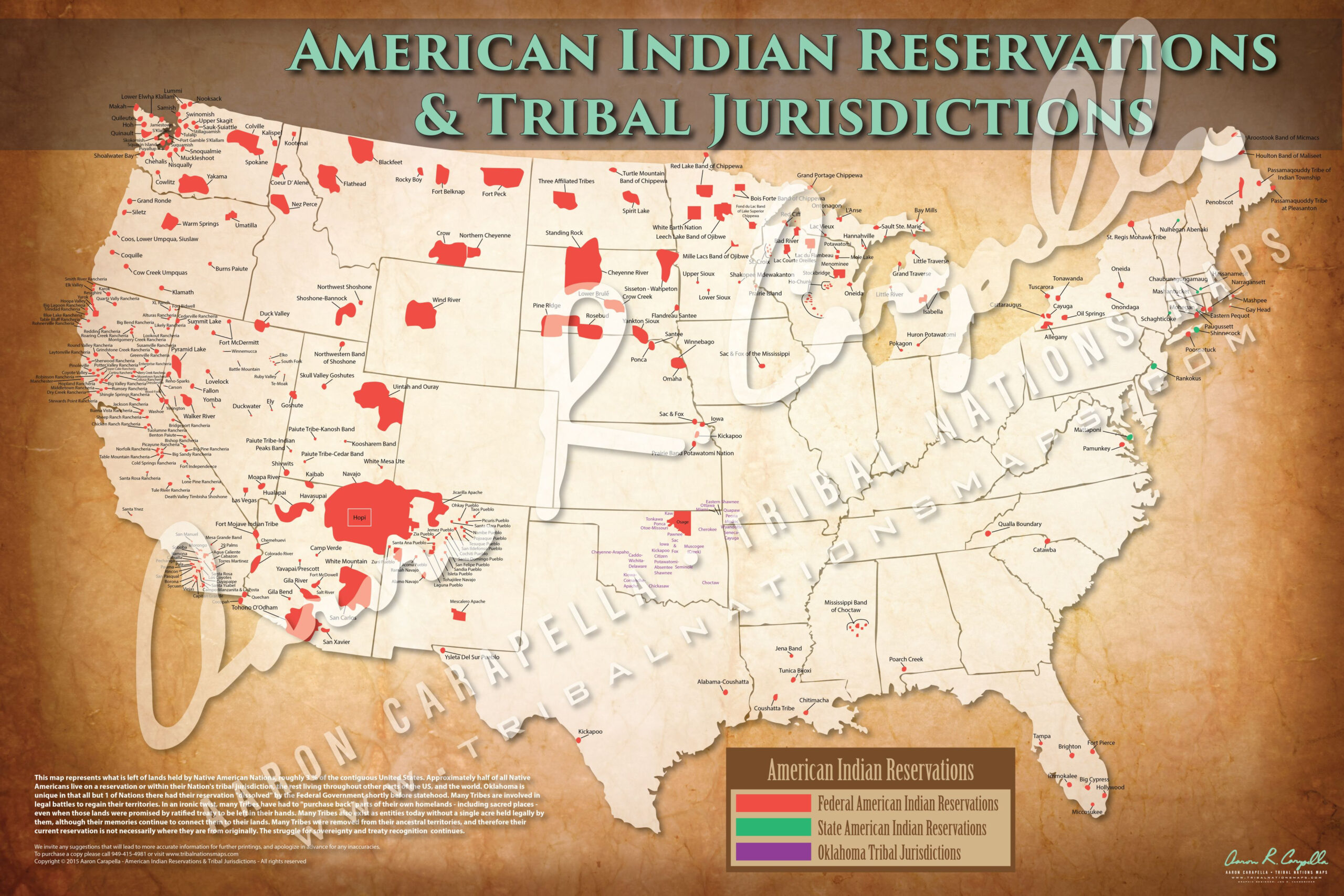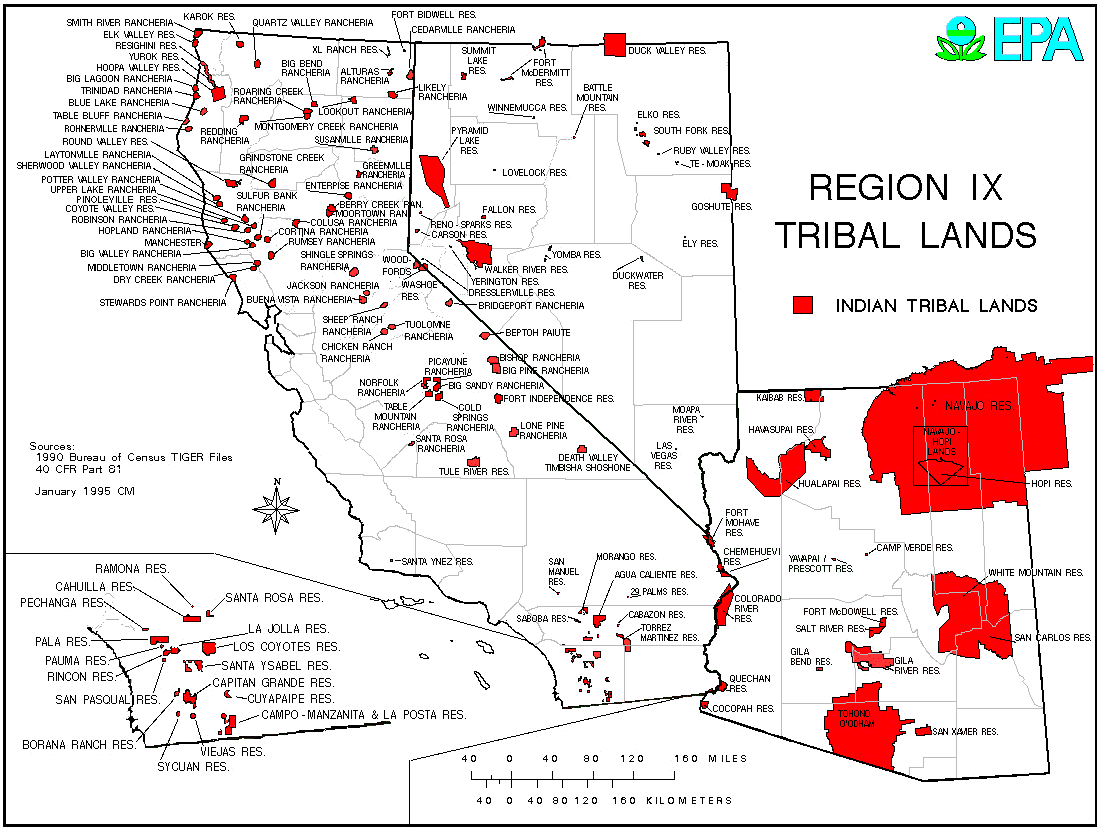Unveiling the Tapestry: A Journey Through America’s Indian Reservations
Unveiling the Tapestry: A Journey Through America’s Indian Reservations

The United States, a nation built on the backs of immigrants, boasts a rich and complex history. But woven into that tapestry are the stories of the First Americans, the indigenous peoples who have called this land home for millennia. Their ancestral lands, now often referred to as "reservations," are a testament to their resilience, a poignant reminder of the struggles they’ve endured and the cultural legacy they continue to preserve.
This article delves into the intricate network of Indian reservations across the United States, offering a glimpse into their geographical distribution, historical significance, and the unique challenges and triumphs faced by their residents.
Related Articles: Unveiling the Tapestry: A Journey Through America’s Indian Reservations
- Uncover the Hidden Gems of Indian Reservation Livingston TX Casino
- Uncover the Hidden Gems: Exploring the Vibrant Cultures of American Indian Tribes in Phoenix, Arizona
- Discover the Enchanting Indian Reservations of New Mexico: A Cultural Odyssey
- Unveiling the Treasures of the Texas Panhandle's Native American Heritage
- Uncover the Enchanting World of Indian Reservation Casinos in Montana
A Map Unfolding: Understanding the Distribution
Imagine a map of the United States, a vibrant canvas painted with the hues of diverse landscapes. Now, picture a constellation of dots, scattered across the map, each representing an Indian reservation. These dots, seemingly random at first glance, tell a powerful story.
The distribution of Indian reservations across the country is a direct consequence of historical treaties, forced removals, and the ever-shifting boundaries of westward expansion. From the sprawling plains of the Dakotas to the rugged mountains of the West, from the humid swamplands of Florida to the arid deserts of Arizona, these reservations are a testament to the diverse geographical realities of Native American life.
Beyond the Map: A Deeper Dive into the History
The story of Indian reservations is inextricably linked to the story of the United States itself. From the early days of colonization, the relationship between the Native American tribes and the burgeoning nation was fraught with conflict and compromise. Treaties were signed, land was ceded, and promises were broken.
The Indian Removal Act of 1830, a dark chapter in American history, saw the forced relocation of thousands of Native Americans from their ancestral lands in the East to lands west of the Mississippi River. The Trail of Tears, a harrowing journey of hardship and suffering, serves as a stark reminder of the injustices inflicted upon the indigenous population.
Reservations Today: A Complex Landscape of Challenges and Triumphs
The modern-day Indian reservation is a microcosm of the complexities of Native American life in the United States. While they offer a sense of community and cultural preservation, they also face significant challenges, including:

-
Economic Disparity: Many reservations struggle with high rates of poverty, unemployment, and limited access to education and healthcare. The historical legacy of dispossession and broken promises continues to impact their economic development.

Environmental Concerns: Reservations often bear the brunt of environmental degradation, from polluted water sources to the impact of resource extraction on their lands. The fight for environmental justice is a constant struggle for many Native American communities.
-
Sovereignty and Self-Determination: The issue of tribal sovereignty and self-determination remains a complex and ongoing debate. While tribes have the right to govern themselves, they often face limitations imposed by federal and state laws.

Beyond the Challenges: A Tapestry of Resilience and Cultural Preservation
Despite the challenges they face, Native American communities across the country are a testament to resilience and cultural preservation. They are actively working to improve their economic conditions, protect their environment, and promote their unique cultural traditions.
-
Economic Development Initiatives: Tribes are increasingly engaging in economic development projects, from gaming and tourism to renewable energy and agriculture. These efforts aim to create jobs, generate revenue, and improve the lives of their members.
-
Cultural Revitalization: Native American languages, arts, and traditions are being revitalized through educational programs, cultural festivals, and the creation of community centers. These efforts ensure that future generations can connect with their heritage and celebrate their identity.
-
Advocacy and Activism: Native American communities are actively involved in advocacy and activism, fighting for their rights and promoting social justice. They are raising awareness about the issues they face and demanding greater recognition and respect.
A Call to Action: Recognizing the Past, Embracing the Future
The story of Indian reservations in the United States is a story of both struggle and triumph. It’s a story that demands our attention, our empathy, and our action. By understanding the history of these communities, we can better appreciate the challenges they face and the remarkable resilience they demonstrate.
We can support their efforts to achieve economic self-sufficiency, protect their environment, and preserve their cultural heritage. We can advocate for policies that promote tribal sovereignty and self-determination, ensuring that Native American communities have a voice in their own future.
A New Chapter: Building Bridges, Fostering Understanding
The journey of Indian reservations is far from over. It’s a journey that requires ongoing dialogue, collaboration, and respect. By embracing the diversity of Native American cultures and recognizing their contributions to the fabric of American society, we can move towards a future where the stories of these communities are not only heard but celebrated.
FAQs About Indian Reservations in the United States
1. What is an Indian reservation?
An Indian reservation is a designated area of land set aside by the United States government for the use and occupancy of Native American tribes.
2. How many Indian reservations are there in the United States?
There are over 326 federally recognized Indian reservations in the United States.
3. What are some of the largest Indian reservations in the United States?
Some of the largest Indian reservations in the United States include the Navajo Nation (Arizona, New Mexico, and Utah), the Fort Berthold Reservation (North Dakota), and the Pine Ridge Reservation (South Dakota).
4. What are some of the challenges faced by residents of Indian reservations?
Residents of Indian reservations often face challenges such as poverty, unemployment, limited access to healthcare and education, and environmental degradation.
5. What are some of the ways that Native American tribes are working to improve their economic conditions?
Native American tribes are engaging in economic development initiatives such as gaming, tourism, renewable energy, and agriculture.
6. How can I learn more about Indian reservations and Native American culture?
You can learn more about Indian reservations and Native American culture by visiting tribal websites, museums, and cultural centers. You can also support Native American-owned businesses and organizations.
7. How can I help support Native American communities?
You can support Native American communities by advocating for policies that promote tribal sovereignty and self-determination, donating to Native American organizations, and educating yourself about their history and culture.
8. What is the difference between a reservation and a tribe?
A reservation is a designated area of land, while a tribe is a group of Native Americans who share a common culture, language, and history. A tribe may or may not have a reservation.
9. Are all Native Americans required to live on reservations?
No, Native Americans are not required to live on reservations. Many Native Americans live in urban areas or other parts of the United States.
10. What is the future of Indian reservations?
The future of Indian reservations is uncertain, but it is clear that Native American tribes are determined to preserve their cultures, languages, and traditions while working to address the challenges they face. The path forward will require ongoing dialogue, collaboration, and respect between tribal governments, the federal government, and other stakeholders.

Closure
Thus, we hope this article has provided valuable insights into Unveiling the Tapestry: A Journey Through America’s Indian Reservations. We appreciate your attention to our article. See you in our next article!


